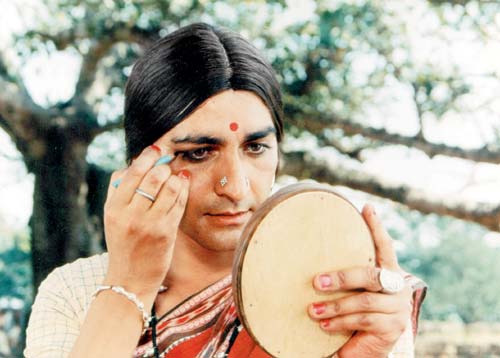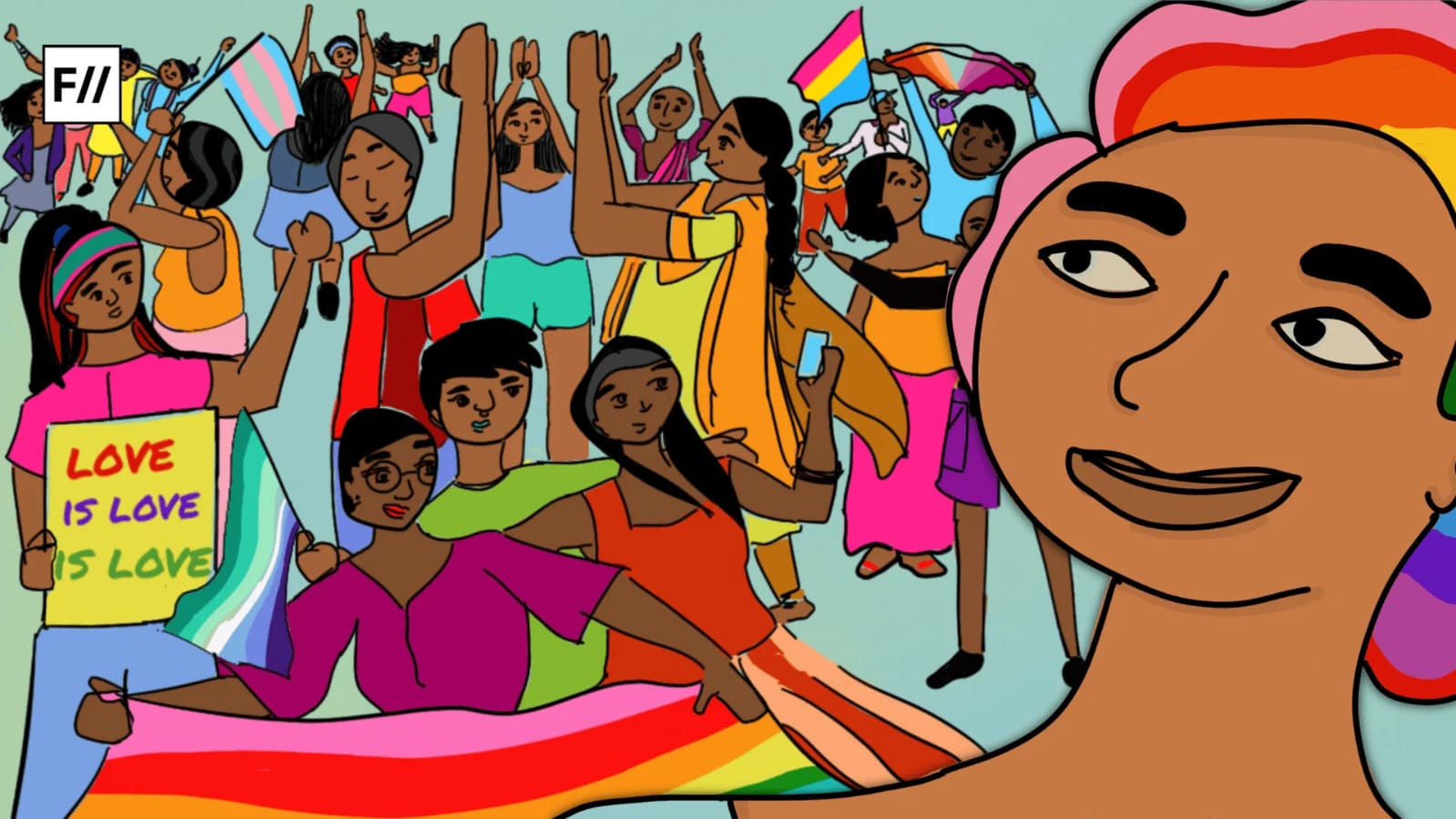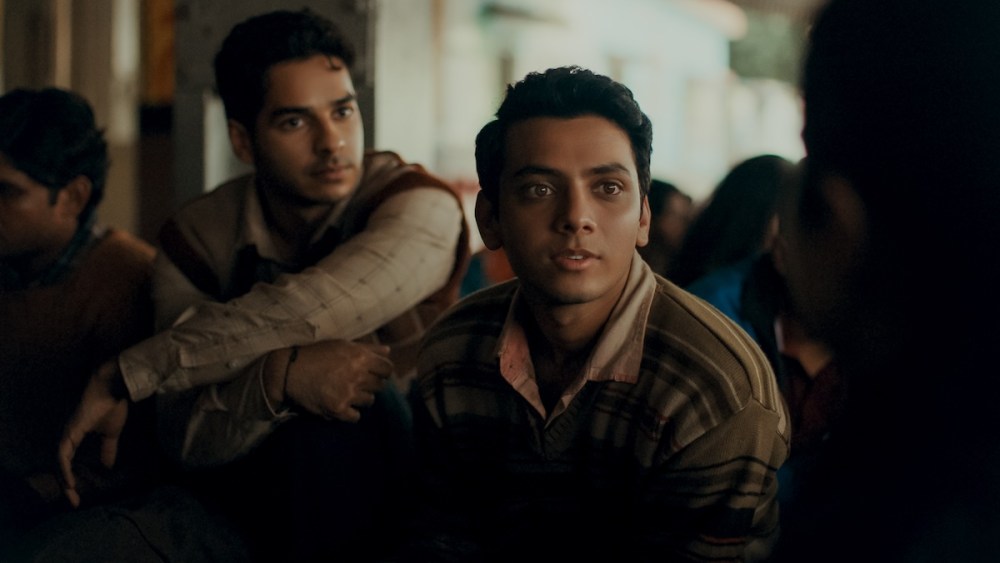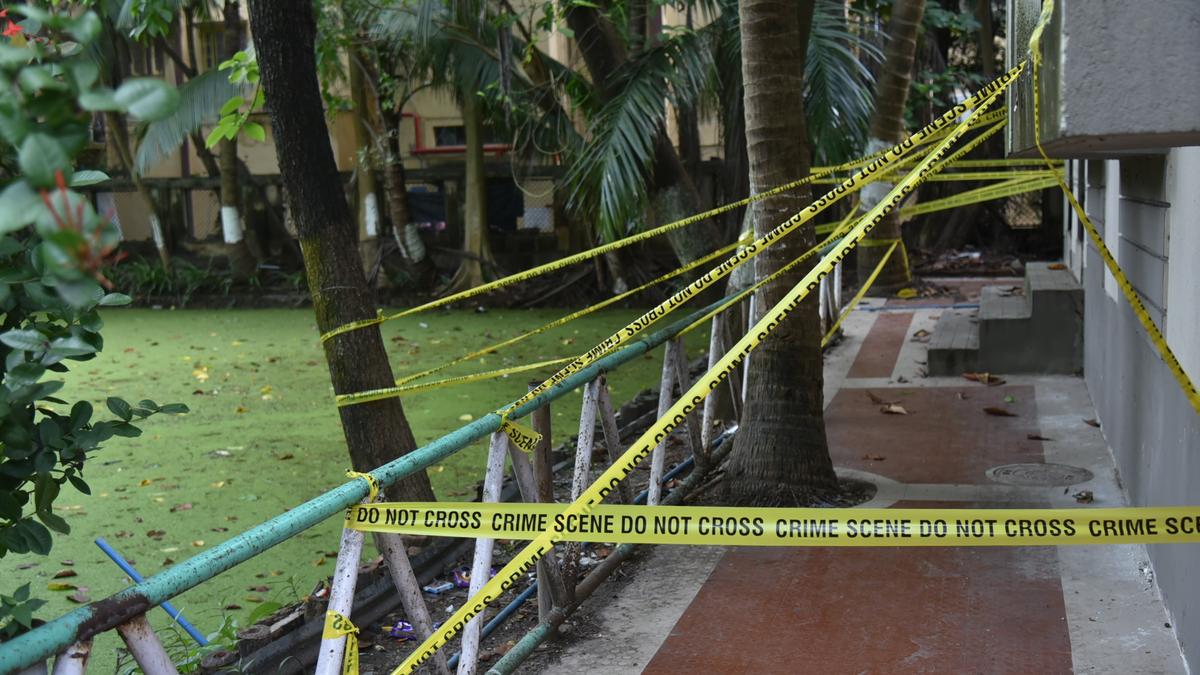This article is part of the #GBVInMedia campaign for the 16 Days Of Activism global campaign to end gender-based violence. #GBVInMedia campaign analysis how different kind of mainstream media (mis)represents/reports gender-based violence and broadens the conversation from violence against women to violence against people from the queer community, caste-based violence and violence against people with disabilities.
The world has always struggled to establish a balance between the roles of men and women. However, in the midst of this politics, the third gender who has historically held a place in the Indian society, is ignored.
‘Hijras’, for most of us are parasites. We, who call ourselves ‘normal’ are trained to stay away from the presence of hijras. They are considered different and sometimes also cursed. ‘Different’ beings who are ‘cursed’. Young children are kept away from their direct sight because of the baseless fear that they might convert young children to hijras themselves.
When we see them knock on our car windows with makeup, gajras and dressed in sarees, we either become cold & ignore their presence, or would roll the windows down to a minimum gap from where we can slip a 10-rupee note to drive them away, or worse, we make fun of them.
For most of us hijras are to be ignored. We believe that they should be isolated from the society of the normative.
In a similar vein, media representation of hijras has been equally sick and disgusting. Instead of showing them as characters that carry a story forward, they are mere tools as a butt of all jokes. They become a trope for adding light humor to the plot in some, or are again just marginalized characters.
Several movies of the 90s especially ones starring Govinda have made fun of trans* people and their existence is largely to elicit humour. They are either shown to be possessed beings and are tortured badly or they are mocked at for the audience to laugh.
However, there have been a few movies which represent hijras as storytellers and not merely as jokes. However, these movies have also misrepresented the concept of gender. In a lot of Hindi movies, hijras are confused with being a homosexual man. As discussed here, hijras characters are used to represent a gender of sexual deviancy.
And not to mention yet another popular representation of hijra characters as terriblly despicable character. A recent Tamil movie, “I” was criticized for its twisted portrayal of the hijra character. The movie not just showed a sociopath hijra villain, but was severely insensitive and transphobic just with the language used. An older Bollywood movie, Sadak had a hijra character as the main villain, who holds the female lead in custody.
Movies like Umrao Jaan & Jodha Akbar, showcased hijras as protectors or associates of princesses & courtesans. Their presence assured that women are safe and will not indulge in any sexual encounters. They also acted as confidants and were also handy for getting blamed when caught in an act.
Even ‘Traffic Signal’, ‘Heroine’, ‘Page 3’ etc have only marginalized hijras and haven’t showcased them as powerful characters making a difference in the society.
Laxmi NarayanTripathi, a very popular name in the hijra community has written a book called ‘Me Hijra, Me Laxmi.’ In the afterword to this autobiography, R. Raj Rao has talked at length about issues that haunt the lives of hijras.
Stories like ‘Lihaaf’ by Ismaat Chugtai, with a character of a hijra showcased hushed lesbian relationship which created a storm.
In recent times, this advertisement of “The Seatbelt Crew” received a lot of applause and support for showing hijra characters as they are. The goal of the video was to promote road safety and to portray the hijra community in positive light.
While the hijra community has been consistently ignored in mainstream society, popular portrayal of hijra characters in media has also been unfair. There seems to be a severe lack of understanding and the only spaces which seem to have the right portrayal are those which come from the community itself.
Featured Image Credit: A scene from the Hindi movie Daarya |www.mid-day.com




